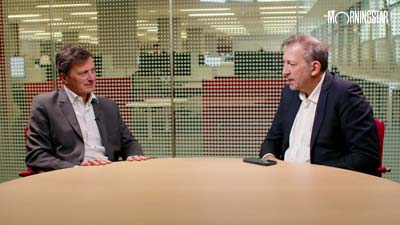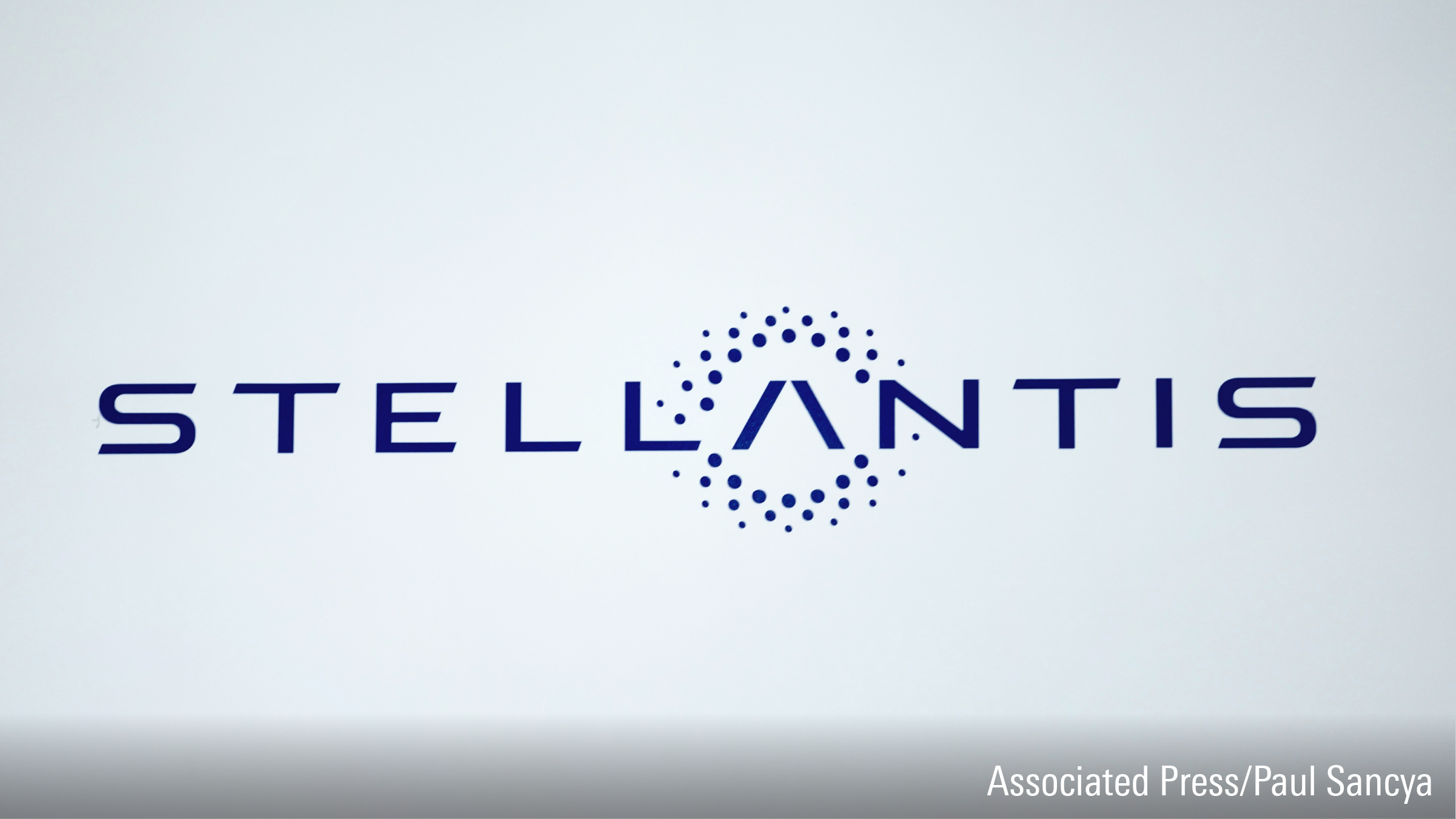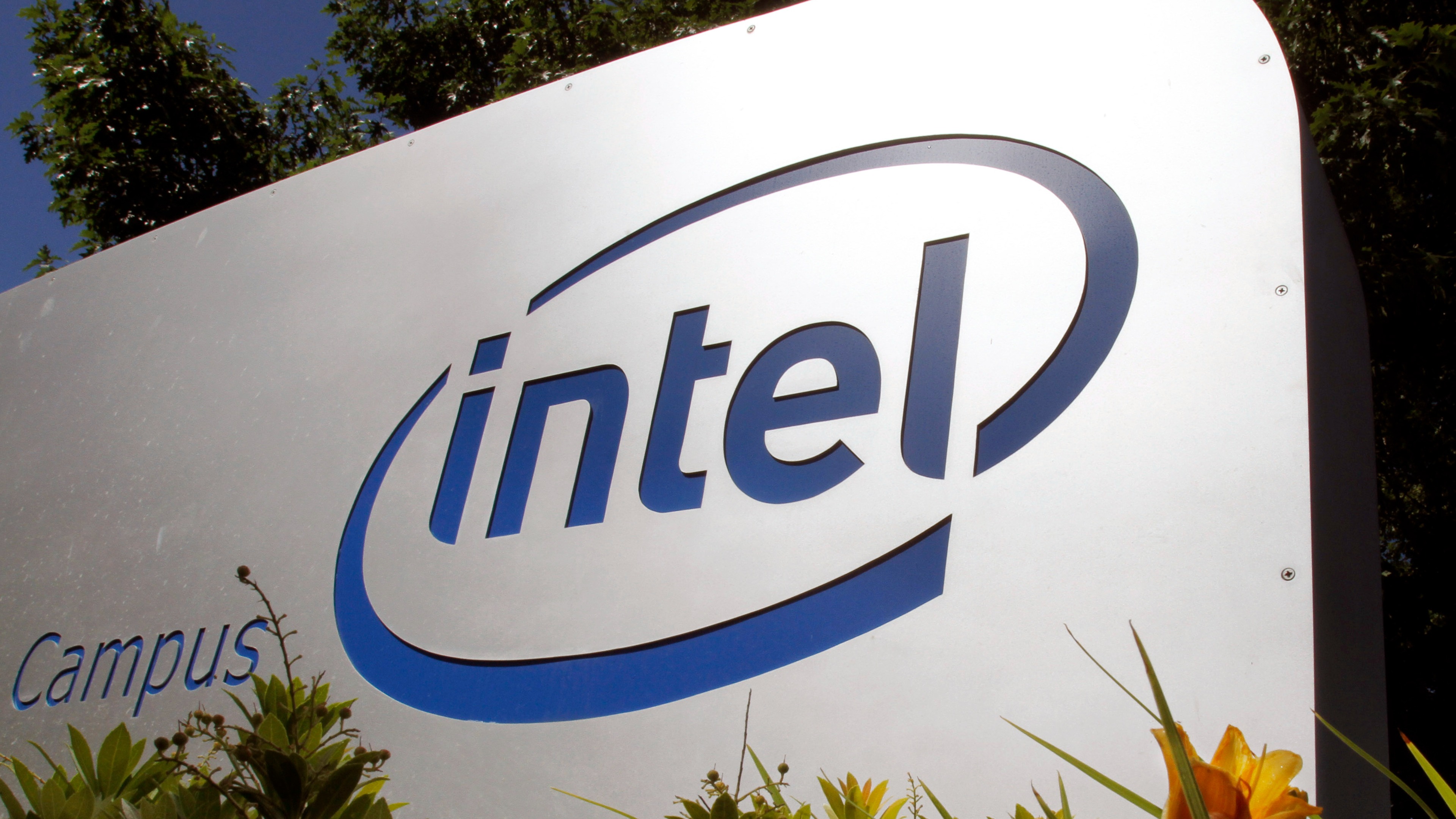TRANSCRIPT
Dave Sekera: Spurred by heightened demand for U.S.-dollar denominated corporate bonds, trading volumes in the secondary corporate bond market have reached near record high levels. Since interest rates have bottomed out in July, the yield on 10-year U.S. Treasuries have increased by approximately 50 basis points to 2.37%.
In addition, the yield curve has steepened making longer-dated fixed-income securities more attractive as compared to short-term bonds. Over the same time frame, the yield curve between two-year and 10-year Treasury bonds has steepened by 50 basis points. As the yield curve has both risen and steepened, many types of investors, which had been sitting on cash waiting for interest rates to rise, have begun to put that money to work. Specifically, insurance companies and pension funds have sought out longer-dated bonds at the now higher yields.
In addition, foreign buyers remain attracted to the higher all-in yield that U.S. fixed-income securities offer as compared to other developed markets. For example, the yield on the Morningstar US Corporate Bond Index is currently 3.36% as compared to 0.86% for the Eurobond Corporate Index. Excluding the 2008 credit crisis in the U.S., the amount of yield pickup between the average yield of the Morningstar Corporate Bond Index over the Morningstar Corporate Eurobond Index has risen to its widest level.
Over the past month since the U.S. presidential election, risk assets have surged higher. For example, the average corporate credit spread of the Bank of America Merrill Lynch High Yield Index has tightened 50 basis points to +450, nearly reaching its tightest level over the past two years, and the S&P 500 continues to hit new all-time highs. However, with its higher correlation to underlying interest rates, investors have been unwilling to chase credit spreads tighter in the investment grade bond market. For example, the average credit spread of the Morningstar Corporate Bond Index has only tightened 3 basis points and currently stands at +135 basis points over Treasuries.




















